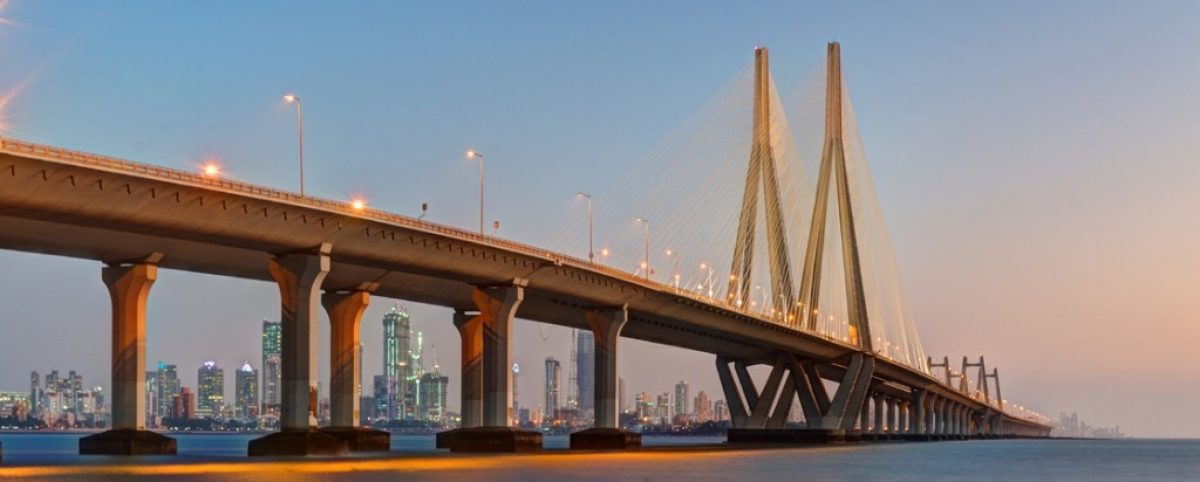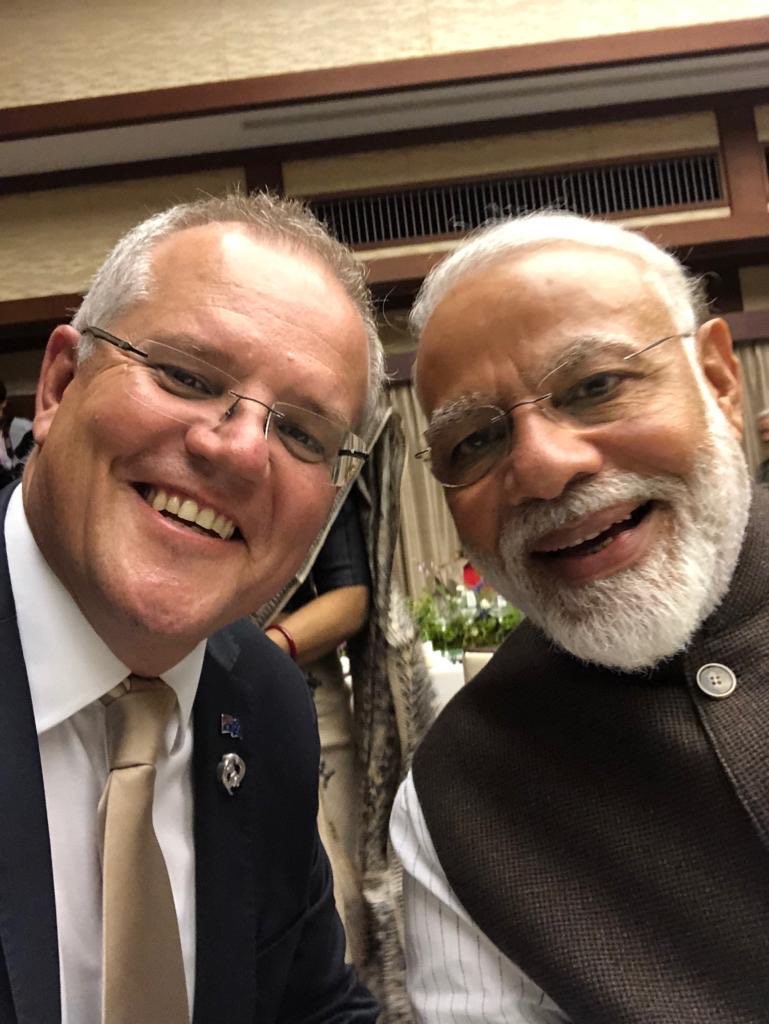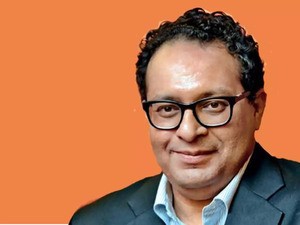Mumbai – beautiful, never sleeps, the financial and commercial capital of India
Mumbai
Mumbai is the ultimate commercial and financial city of India – a true 24/7 powerhouse that never sleeps. It houses the headquarters of a large number of major Indian companies like Tata Group, Reliance Industries, Aditya Birla Group, Larsen & Toubro, Godrej Group, and Hindustan Petroleum among others. The city is also the headquarters of the Reserve Bank of India, National Stock Exchange, Bombay Stock Exchange, and – yes – Bollywood.
GDP (PPP) – 310.0 billion
Delhi
Delhi is the National Capital of India – and on a global scale, it is one of the great capitals of the world. It is also the most populous city of the country. Being the political center, Delhi is home to all the prominent political personalities and officeholders including the President, the Prime Minister, and distinguished ministries. Delhi is a metropolitan city and attracts a large part of the population from all the states. With the ever-growing rates of urbanisation, the city accommodates everyone and has a diversified economy.
GDP (PPP) – 293.6 billion
Kolkata
Kolkata – oh yes, I know it has a reputation as relaxed or even sleepy – but it was the capital of British India and houses India’s oldest stock exchange. Most people are not aware that more than 83 percent of the city’s population is employed in the tertiary sector. Kolkata is the third richest city in South Asia after Mumbai and Delhi. Kolkata is a house of many Indian corporations like Coal India Limited, ITC Limited, Britannia Industries, Allahabad Bank, National Insurance Company, and United Bank of India among others.
GDP (PPP) – 150.1 billion
Chennai
Chennai is one of India’s great southern cities with all the manners, politeness and conservatism that goes with it. It is the capital city of Tamil Nadu and sits by the Bay of Bengal. Given its glorious history and its significance as Madras Presidency during the British rule, Chennai is historically and culturally rich and diverse, attracting tourism in turn. Besides being a pioneer in art, culture, and music.
GDP (PPP) – 110.0 billion
Bengaluru
Bengaluru used to be called the “garden city” but today is better known for massive traffic jams. It has a “young” feel and houses some of India’s most trendy eating and drinking establishments. It contributes more than 35 percent of India’s IT exports. The city also houses some major manufacturing industries like Bharat Heavy Electricals Limited, Bharat Electronics Limited, and Bharat Earth Movers Limited among others. Infosys and Wipro have their headquarters in Bengaluru. The city is home to 8 billionaires.
GDP (PPP) – 86.0 billion
Hyderabad
Hyderabad comes across first as located in a dry and rocky area – but the city is known for its rich history, food, and its multi-lingual culture, both geographically and culturally. The city has an estimated population of around 8 million, making it 4th largest city in India, while the population of the metropolitan area was estimated above 9 million. Religiously and culturally, the city is united with Hindus, Muslims, and Christians.
GDP (PPP) – 75.2 billion
Pune
Pune, a place for learning, thinking and doing. Pune is a city located in the western Indian state of Maharashtra and now closely linked with Mumbai. It is the 8th largest city in India and the second largest in Maharashtra. India’s first Prime Minister called Pune “The Oxford of the East” because Pune attracts students from all over the world. There are a large number of good schools in Pune affiliated either with the Maharashtra State SSC Board or the All-India Indian Certificate of Secondary Education (ICSE) and CBSE boards.
GDP (PPP) – 69.0 billion
Ahmedabad
Ahmedabad was the historic home of Gandhi’s famous ashram and is now a dynamic commercial hub – it is one of the fastest-growing cities and is one of the best cities to live in. Ahmedabad is an economic and industrial hub of India and is the largest city in Gujarat. There are several significant companies located in the city and the place is known for the textile industry. This city attracts a large number of tourists every year as there are several amazing monuments along with numerous modern buildings. Have fun – go there during the amazing kite festival.
GDP (PPP) – 68.0 billion
Surat
Surat is known by several names – the silk city, the diamond city and the clean city – it is one of the cleanest cities in India and is the best developing urban community. Surat has the largest stone cutting and cleaning centers and is especially known for diamonds. Surat has a large textile industry and there are more than 380 dyeing and printing mills with 41,000 power looms.
GDP (PPP) – 59.8 billion
Visakhapatnam
Thankfully known by the shorter name of Vizag, this city manages to combine a powerful steel industry, major port and lots of natural beaty. It is a great economic destination that is also known as the financial capital of Andhra Pradesh. This coastal city is also known for its medication, programming, and pharmaceutical industry.
GDP (PPP) – 43.5 billion
(Thanks to multiple sources including INDIA TODAY for the above)









